Dengue infection rate 81% higher than last year
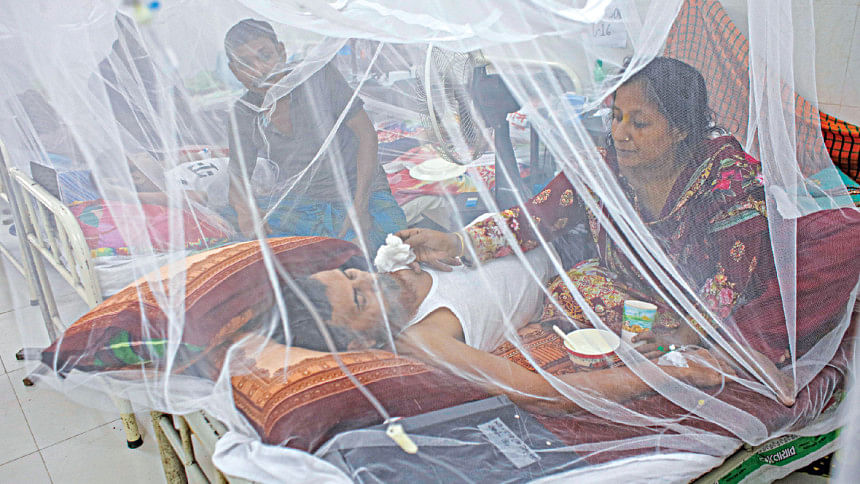
The country has seen a sharp year-on-year surge in dengue, with cases up 81 percent and deaths 43 percent, raising concern over the worsening outbreak.
Unlike previous years, most cases have been reported from outside the capital.
Amid the escalating crisis, the health directorate yesterday logged the highest single-day death toll and cases this year.
According to the Directorate General of Health Services (DGHS), 12 dengue deaths were reported yesterday. Nine occurred between 8:00am Saturday and 8:00am Sunday, while three more from the preceding 24 hours were added as they had not been included in the earlier tally.
Yesterday, 740 new cases were recorded.
Previously, the highest single-day death toll was six, and daily infections had not crossed 700.
In September alone, 57 people died -- the highest of any month this year. The death tolls in August and July were 39 and 41.
The death toll was 39 in August and 41 in July.
Since January, 179 people have died from dengue, 43 percent more than last year. Meanwhile, 41,831 cases have been recorded, an 81 percent year-on-year increase.
By September 21 last year, dengue had claimed 125 lives and infected 23,108 people, DGHS data show.
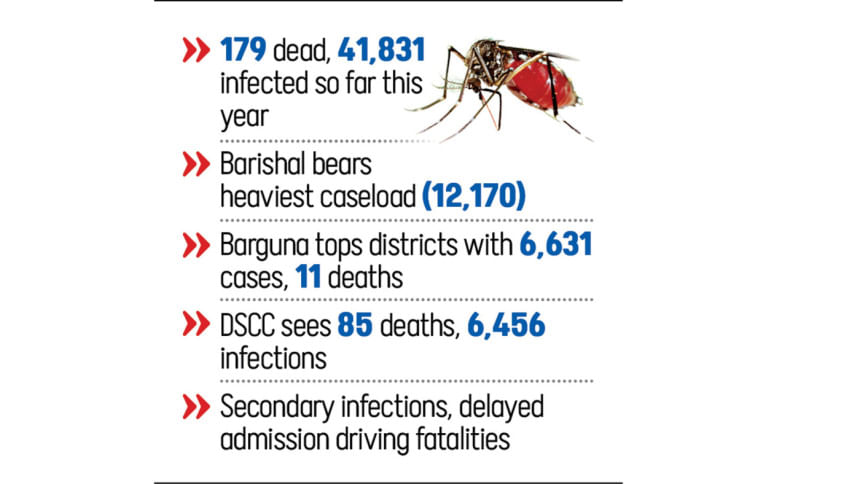
Intermittent rain and a lack of mosquito control drives are major factors behind the sharp rise in dengue cases, said Prof Tahmina Shirin, director of the Institute of Epidemiology, Disease Control and Research.
The numbers may continue to rise for a few more weeks until the prevailing situation changes, she added.
Entomologist Kabirul Bashar warned that the outbreak's peak, which usually falls between July and September, has been delayed by heavy rain and is now expected in October.
He suggested a community-driven mosquito control initiative, including the distribution of Insect Growth Regulator tablets and public involvement, as municipal measures alone are inadequate.
Delayed hospital admission is a leading factor behind the increasing death toll, said HM Nazmul Ahsan, associate professor at Shaheed Suhrawardy Medical College Hospital.
"We don't have proper sero-surveillance, so we cannot confirm the exact reasons. But if the Den-2 serotype remains dominant, severity and fatalities will remain high."
Sero-surveillance provides estimates of antibody levels against infectious diseases and is considered the gold standard for measuring population immunity.
The dengue virus exists in four serotypes: Den-1, Den-2, Den-3, and Den-4.
Last year, 70 percent of dengue cases were linked to the Den-2 strain, Nazmul said.
This year, most patients are suffering from secondary dengue infections, which are graver and carry a higher risk of death.
Nazmul recommended early admission for high-risk groups such as the elderly, pregnant women, and people with comorbidities.
He also warned about the dangers of cross-infection from different serotypes, which can worsen outcomes if treatment is delayed.
For those in home care, he advised consuming plenty of fluids such as oral saline, coconut water, rice starch, soups, and homemade fruit juices.
He stressed that the 48 hours after recovery from fever is the most critical period, requiring close monitoring.
Across the country, Barishal Division continues to bear the highest dengue caseload, with 12,170 cases recorded until yesterday and 27 deaths so far.
Of the 12 deaths recorded across the country yesterday, five were reported from Barishal, five from Dhaka, and one each from Mymensingh and Chattogram divisions.
Barguna recorded 6,631 cases, the highest of any district. Recently, the southern district reported several deaths, taking its toll to 11, DGHS data show.
Meanwhile, Dhaka South City Corporation has recorded 85 deaths and 6,456 cases to date.
Officials said deaths at Dhaka Medical College Hospital and several other hospitals contributed significantly to the high numbers in the area.
Dhaka North City Corporation has reported 22 deaths and 4,470 infections so far, according to DGHS data.
Many of the patients who died from dengue in Dhaka were from outside the capital, increasing the city's death toll compared to other divisions.
After Dhaka and Barishal, Chattogram Division too has seen a sharp rise in deaths and cases over the last two months.
As of July, it had recorded 12 deaths and 3,013 infections, which have risen to 23 deaths and 6,412 infections until yesterday.


 For all latest news, follow The Daily Star's Google News channel.
For all latest news, follow The Daily Star's Google News channel. 

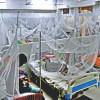
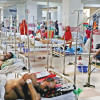
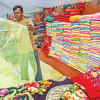



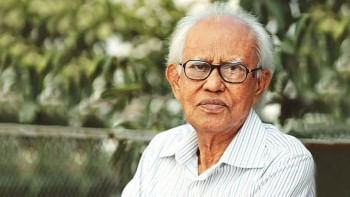
Comments